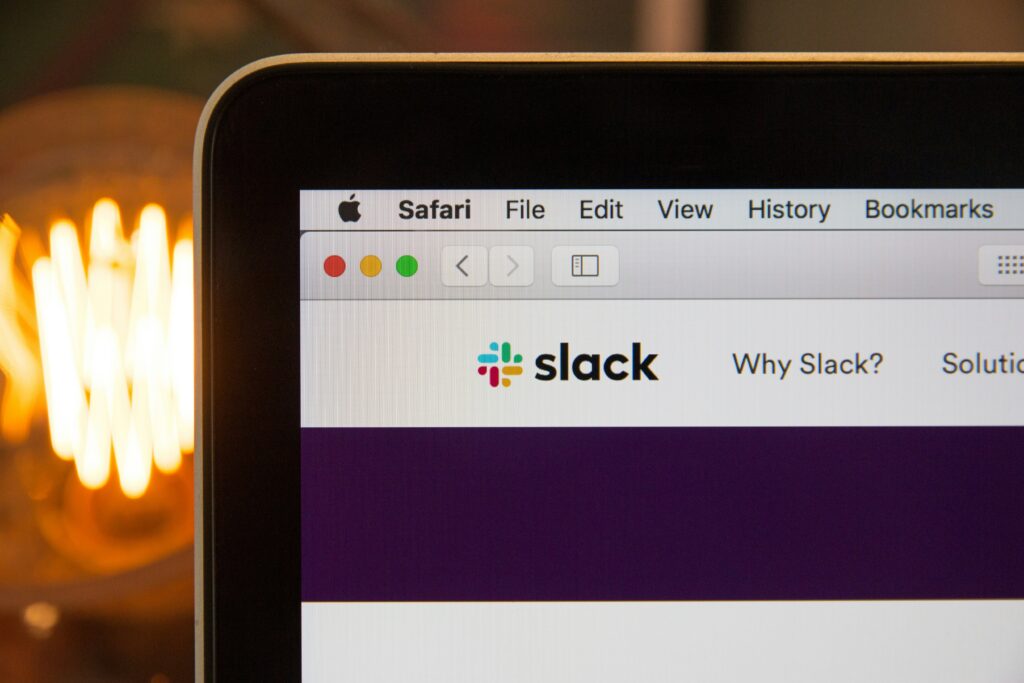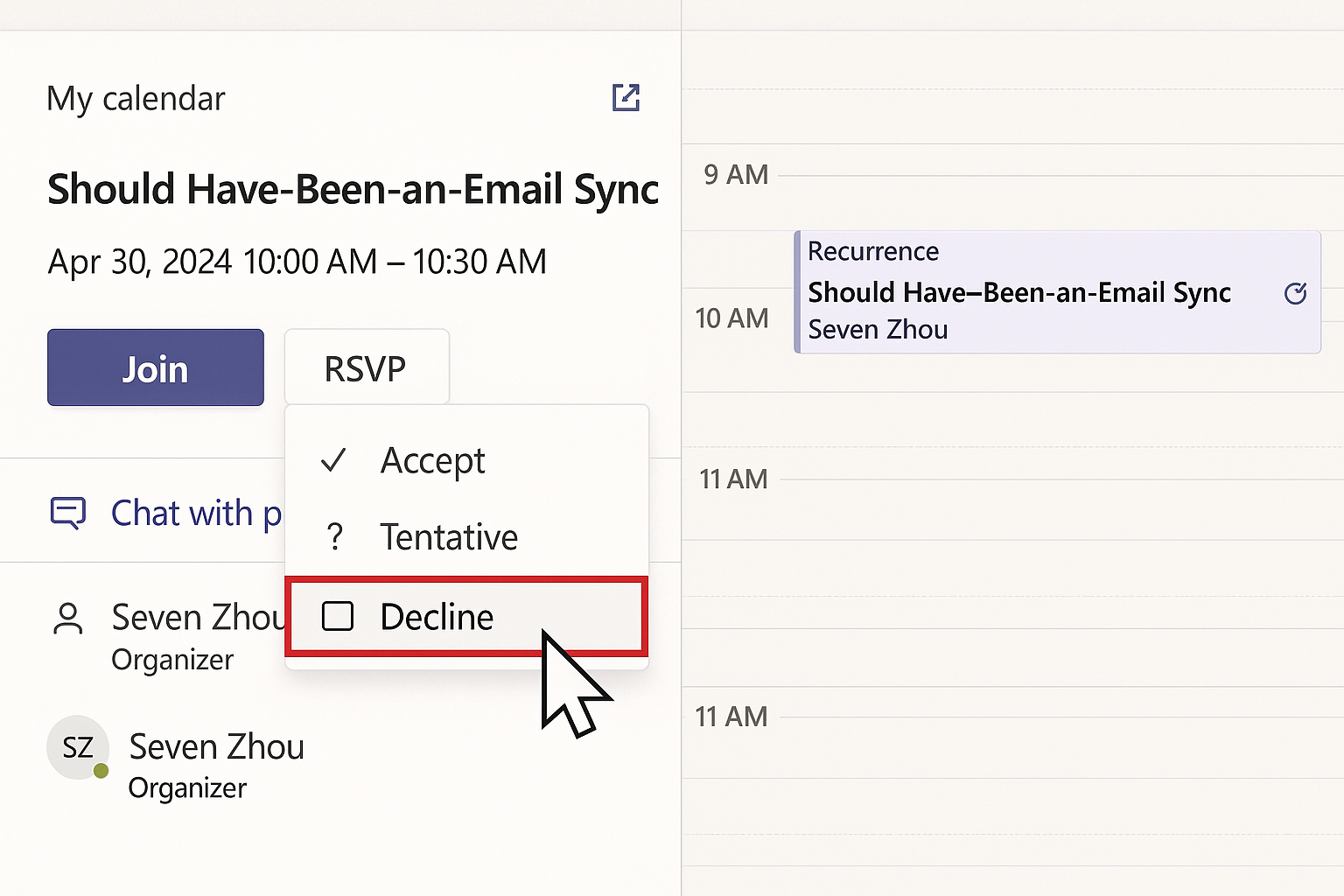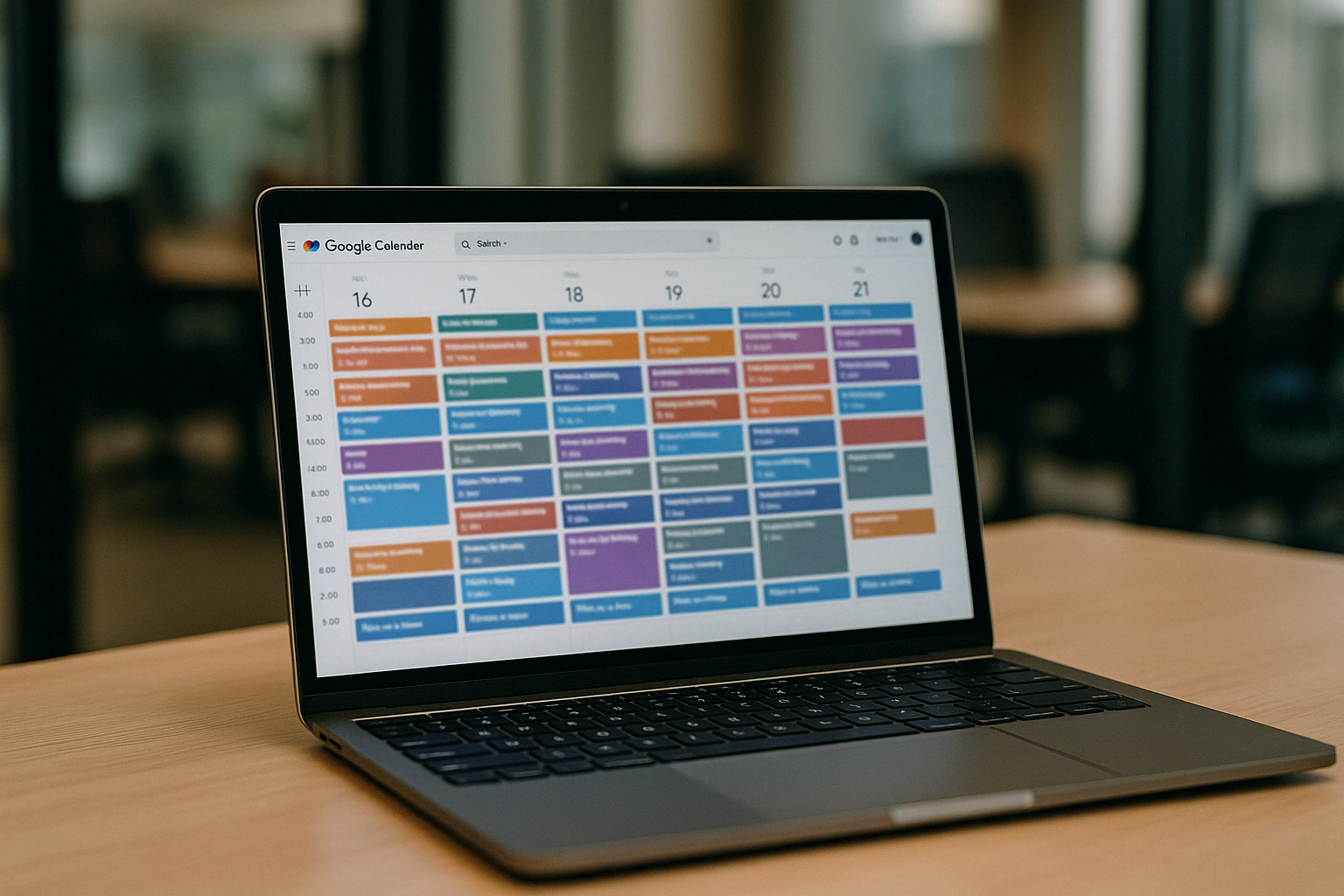In today’s fast-paced work environment, meetings are often the default for collaboration, but many are unnecessary and disrupt productivity. Implementing asynchronous communication to reduce meetings offers a compelling alternative, allowing team members to collaborate effectively without the constraints of real-time interactions.
According to McKinsey, shifting from synchronous to asynchronous communication can significantly reduce time wasted in meetings while improving work outcomes.
What Is Asynchronous Communication?
Asynchronous communication occurs when information is exchanged without the expectation of an immediate response. Examples include emails, shared documents, recorded videos, and updates in project management tools. Unlike synchronous communication, which requires all participants to be present at the same time, asynchronous communication enables people to respond at their convenience, enhancing flexibility and focus.
This method is particularly valuable for remote and distributed teams. The State of Remote Work report by Buffer highlights that asynchronous communication is a critical tool for balancing productivity and collaboration across time zones.
Key Benefits of Asynchronous Communication
1. Enhanced Productivity
Asynchronous communication minimizes interruptions, allowing employees to focus on deep work. A study by the University of California, Irvine, found that it takes an average of 23 minutes to regain focus after an interruption. By reducing the need for unnecessary meetings through asynchronous communication, teams maintain momentum and achieve more in less time.
2. Flexibility Across Time Zones
For global teams, coordinating meetings across different time zones can be a logistical nightmare. Asynchronous communication solves this problem by removing the requirement for simultaneous participation. Employees can contribute at a time that suits them, as shown by research from Owl Labs, which states that 52% of remote teams prefer asynchronous tools for better work-life balance.
3. Inclusive Participation
Not everyone feels comfortable speaking up during real-time meetings. Asynchronous communication provides a platform for thoughtful contributions, enabling all team members to share ideas without the pressure of immediate responses. A Slack survey revealed that asynchronous updates often result in more diverse and comprehensive feedback.
4. Built-In Documentation
Since asynchronous communication involves written or recorded exchanges, it naturally creates a documentation trail. This is invaluable for tracking decisions, reviewing project history, and ensuring team-wide transparency. Harvard Business Review emphasizes that having a clear record of discussions helps teams avoid repetitive conversations and miscommunication.
Implementing Asynchronous Communication

To integrate asynchronous communication into your workflow, follow these strategies:
1. Use the Right Tools
Platforms like Trello, Slack, and Google Workspace are ideal for asynchronous collaboration. For instance, Trello allows teams to manage projects visually without requiring real-time check-ins, enabling seamless updates and progress tracking.
2. Set Clear Expectations
Clarity is key when transitioning to asynchronous communication. Establish response time expectations to prevent delays and misunderstandings. For example, Atlassian recommends a 24-hour response rule for non-urgent tasks to maintain progress without overwhelming team members.
3. Encourage Comprehensive Communication
Because immediate clarification isn’t possible in asynchronous exchanges, encourage team members to provide detailed updates. This reduces the need for follow-up questions and keeps workflows smooth. A study by GitLab highlights that asynchronous teams thrive when communication is explicit and thorough.
When to Choose Asynchronous Over Synchronous Communication
While asynchronous communication has many benefits, it’s not suitable for every situation. Real-time meetings are better for handling complex decisions, sensitive topics, or urgent matters. However, routine updates, brainstorming, and information sharing are often more effective asynchronously. According to McKinsey, replacing even 25% of synchronous meetings with asynchronous updates can free up significant time for more strategic work.
Conclusion
Asynchronous communication is more than just an alternative to non-essential meetings—it’s a way to foster a culture of productivity, flexibility, and inclusivity. By reducing the dependency on real-time interactions, teams can focus on what matters most: achieving their goals. Thoughtfully integrating asynchronous communication to reduce meetings into your workflow can save time, empower employees to work at their best, and create a more collaborative environment overall.
By adopting these practices, your team can benefit from fewer interruptions, better collaboration across time zones, and a culture that values thoughtful, actionable communication.



